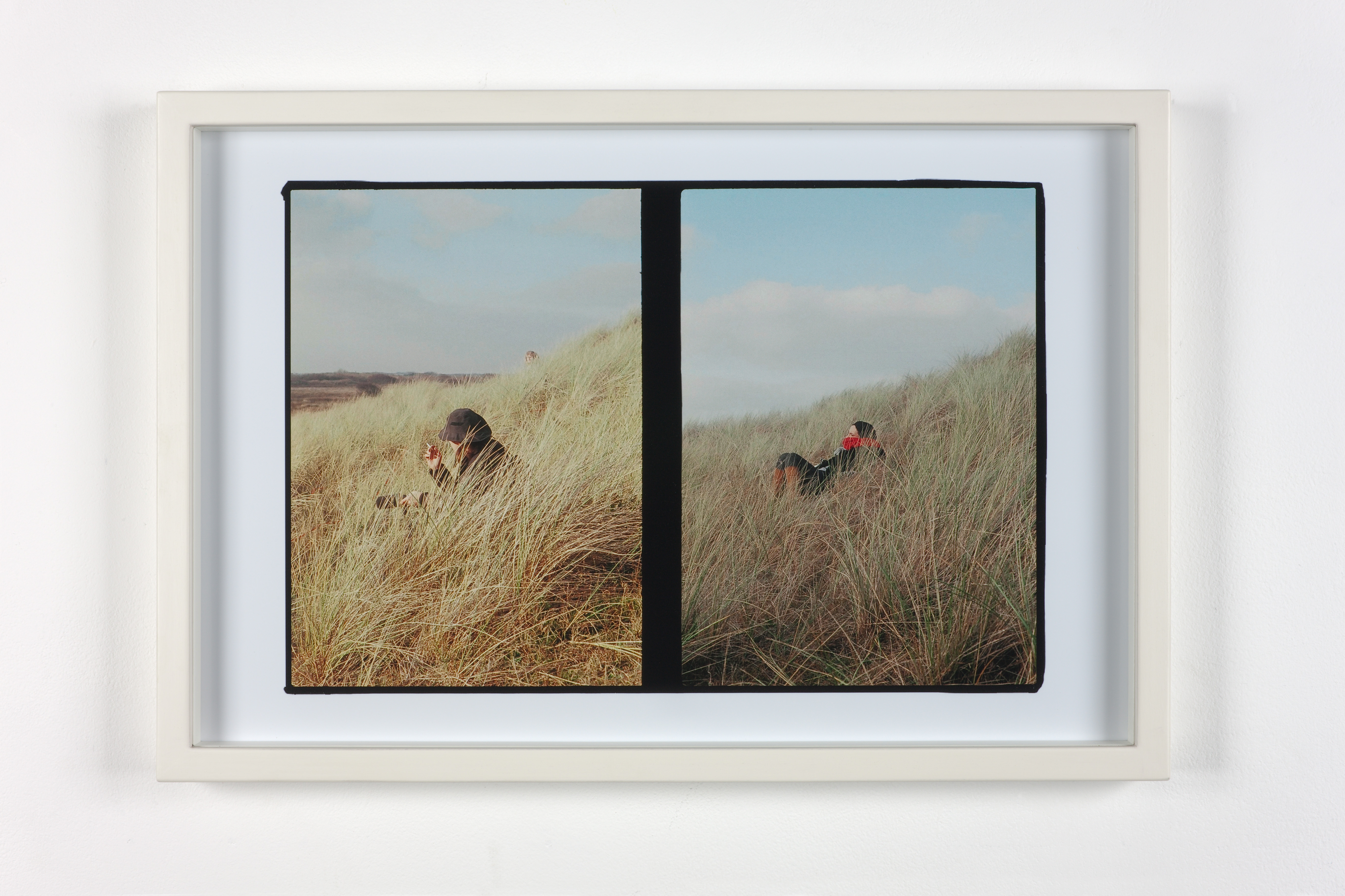The “two frame’ photograph series developed whilst I was on residency in Bamberg, Germany in 2006. A photographer friend used to loan me cameras when I was away on trips. Mostly I would borrow small and light cameras from him, the results were average, nothing more or less than documentation, I did not feel much affinity with the photographs I brought back. Then after several years of this proceedure something quite shocking happened. I had borrowed an Olympus Pen F- a half frame camera first introduced in the Sixties. I made some tests on an old colour negative fujifilm with the camera. I took portraits of my fellow residents in Bamberg and filled the rest with shots of a parade celebrating a traditional catholic ritual. Some months later I took the film to an over the counter photolab to be processed, the results which came back surprised and fascinated me. For a start there were two images in each frame (due to the fact that the lab did not have the correct framing to print this obsolete format). There were some other special qualities too; the white space around the image, the black dividing line and frame lines that were always slightly different, creating a sense of tension These factors, in combination with the century old ritual that I documented , made it difficult to place the date in which the photographs were taken.
Since that initial shock of several chance co-ordinates coming together to create a sort of alchemy, I have embraced the role that chance plays in the making of these works. Using a multitude of film stocks and experimenting with different subjects and framing. I sometimes see these compositions in musical terms- as solos or accompaniments, signal to noise, monophonic or polyphonic.
I consider the photographs as an inextricable part of my filmmaking. A sort of visual notebook of meetings and encounters with friends and strangers, of events and moments, of the production of social and personal space, of weather and everyday phenomena- of the conditions of material reality.























